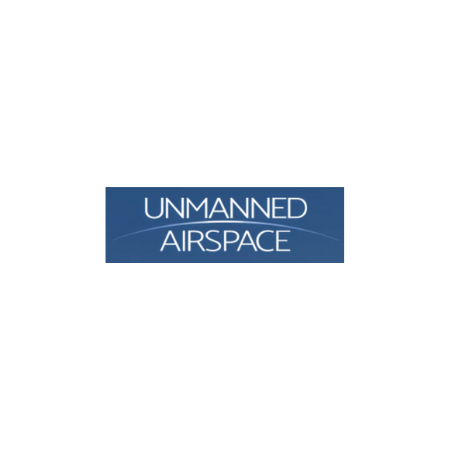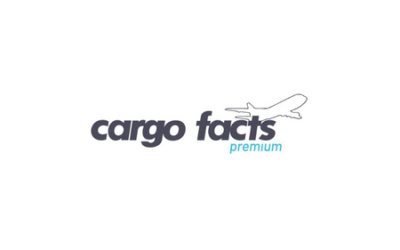?? We have to show automation makes sense and find ways to make it possible – interview with Sebastian Babiarz
(…)
So why Drone-in-a-Box?
Once you have placed it somewhere it can be deployed on demand – a highly automated platform where the drone can fly and add value services. Drones are limited by their battery and power supply. We have batteries that allow flights of 30-40 minutes depending on the conditions and the capabilities of the drone – but you still have to land and replace the battery or charge it. A Drone-in-a-Box operation has all these capabilities. At Dronehub we have developed a mechanical functionality so when the drone lands an robotic arm takes out the battery and replaces it with one already charged. That takes about two minutes, instead of the one to two hours that is needed to charge the battery in competitive systems. It’s opening a service where you can have almost continuous flights, with just very short breaks and without human involvement.
If you look at oil and gas security inspections at industrial plants we can use our drones, triggered by ground sensors, to investigate security breaches without having CCTV cameras around every corner. The drone can be deployed whenever it is needed. The dronehub can be set up anywhere on a large area, so the time a drone needs to reach the desired location is minimal. The same with monitoring linear infrastructure.
(…)
Detect and avoid technology – this is one of the keys. How far are we off from having a detect and avoid system which the regulators will approve for BVLOS?
We’re not really looking at detect and avoid (DAA) at a high level right now because that’s not a challenge for us. We will fly in an industrial environment where obstacles are known, there is no unexpected situations in the sky, so we can plan the mission relatively simply. We can add some sensors, mostly cameras up front, so the front of the drone will be protected.
In the future it will not be the drone itself but the technology behind it which will be the real value of the company. Industries involved with long-distance drone deliveries and urban air mobility, must have drones equipped with detect and avoid systems. These current systems rely on cameras and super AI on top, analyses everything and controls the drone. But air taxis will not be able to rely on cameras, they will need radars.
Many of the larger players are focusing on using radars in DAA. Industry must develop miniaturised radars which are cheap, sensitive, with appropriate vertical and horizontal scanning ranges to allow drones to fly at scale with autonomous capabilities.
(…)
Read full article –> UnmannedAirspace.info



